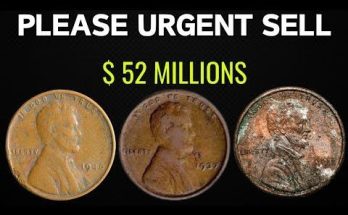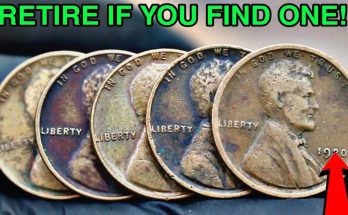Cool Roman coin found today by Dan Bell at the Roman bathhouse site in Carlisle, Cumbria, England. It has the wall builder himself on it, Emperor Hadrian (AD 117 –138). The reverse of the coin depicts Fortuna, goddess of chance, fate and fortune. If you want to see the back of the coin then look no further than the comments.
In an exciting discovery at the Roman bathhouse site in Carlisle, Cumbria, England, a Roman coin bearing the likeness of Emperor Hadrian was unearthed today by Dan Bell. This remarkable find offers a tangible link to a pivotal period in Roman Britain. The coin, slightly oxidized with a beautiful patina, depicts Emperor Hadrian (AD 117–138) in profile, recognizable by his distinctive hairstyle and imperial features. Hadrian, famously known as the “wall builder,” was a key figure in Roman history, solidifying the empire’s borders and leaving a lasting legacy in Britain with the construction of Hadrian’s Wall.
The reverse side of the coin features Fortuna, the Roman goddess of chance, fate, and fortune. This dual imagery of the emperor and a powerful deity highlights the Romans’ belief in both human leadership and divine providence. The depiction of Fortuna, often shown with a rudder and cornucopia, would have been a common and reassuring motif, symbolizing stability and prosperity under imperial rule. This particular coin, with its clear details and historical significance, provides a fascinating glimpse into the daily life and beliefs of the people who once lived at this Roman outpost.
The Carlisle bathhouse site itself is a treasure trove of archaeological finds, and this latest discovery by Dan Bell further enriches our understanding of the Roman presence in the area. Carlisle, known as Luguvalium to the Romans, was a vital military and civilian center, strategically located near the western end of Hadrian’s Wall. The bathhouse would have been a central hub of social activity and a testament to the sophisticated engineering and culture the Romans brought to Britain. This coin, likely a sestertius or a similar denomination, would have been part of the economic fabric of this bustling Roman town.
For enthusiasts and historians alike, the condition of the coin is particularly noteworthy. While showing signs of its age and long burial, the key features—Hadrian’s profile and Fortuna’s depiction—are remarkably intact. The green patina, a natural result of copper-alloy oxidation, adds to its aesthetic and historical value. Dan Bell’s find is a testament to the ongoing importance of archaeological work in the UK and serves as a powerful reminder that history is still being unearthed, one artifact at a time. For those interested in seeing the reverse of the coin, further images have been made available, showcasing the full details of this incredible discovery. This coin is not just a piece of metal; it is a small, heavy piece of history.



